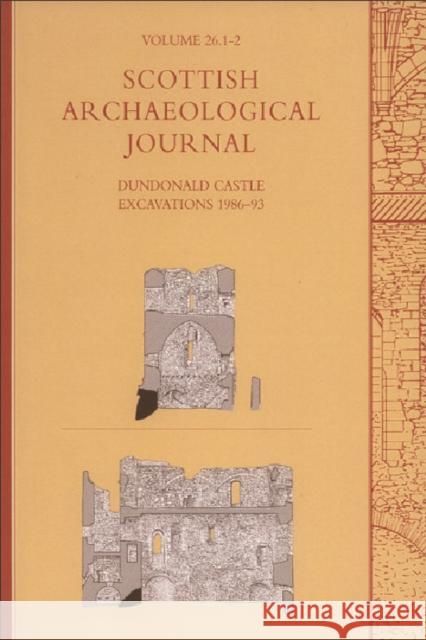Dundonald Castle Excavations 1986-93: Scottish Archaeological Journal, Volume 26 » książka
Dundonald Castle Excavations 1986-93: Scottish Archaeological Journal, Volume 26
ISBN-13: 9780748624928 / Angielski / Miękka / 2006 / 192 str.
This book represents the final definitive report on the excavations of a major, but previously neglected, castle which has one of the longest and richest archaeological sequences of any castle site in Scotland.
Three major seasons of archaeological excavation were completed at Castle Hill, Dundonald, Ayrshire) between 1986 and 1988, in the course of a programme of conservation work carried out by Historic Scotland. The archaeological work revealed six periods of occupation, beginning with fortifications dating to the transition from later prehistory to the Early Historic period through to a series of increasingly complex castles built by the Stewarts. The discoveries indicate that Dundonald was a major power centre within the Kingdom of Strathclyde and suggest that it was a royal castle from Early Historic times. Subsequently, when the site came into the possession of the Stewarts in the twelfth-century, a motte-and-bailey castle with a timber hall was constructed. This was succeeded in the thirteenth century by an elaborate castle of enclosure with opposing twin-towered gatehouses. It saw significant military action, refortification and destruction during the Wars of Independence. This castle was in turn replaced by the late 14th-century castle of King Robert II, with its massive tower-house and enclosure wall or barmkin.
This book gives a detailed account of the structural development of the castle over several centuries and discusses its historical and architectural implications. Specialist reports on the pottery, stone objects, glass, metalwork, animal bones and plant remains add further information about the economy and daily life of its inhabitants.











